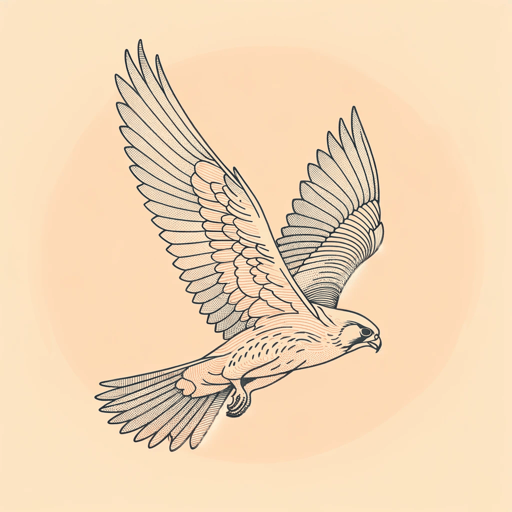26 pages • 52 minutes read
William Butler YeatsThe Second Coming
Fiction | Poem | Adult | Published in 1919A modern alternative to SparkNotes and CliffsNotes, SuperSummary offers high-quality Study Guides with detailed chapter summaries and analysis of major themes, characters, and more. For select classroom titles, we also provide Teaching Guides with discussion and quiz questions to prompt student engagement.
SummaryOverview
Overview
“The Second Coming” is an allegorical poem that W. B. Yeats penned in 1919 and published in The Dial in 1920. The poem describes a declining, violent present and an impending apocalyptic future, marked by the approach of a sphinxlike monster. The poem is often considered an allegory for the fraught times Yeats was living in—namely, the end of World War I, the midst of the Spanish flu pandemic, and the beginning of the Irish War of Independence. More broadly, some scholars believe the poem bemoans the devolution of Europe and European culture.
“The Second Coming” is also indicative of Yeats’s interest in the occult. Yeats and his wife, Georgie Hyde-Lees, believed in a universal spirit world which they contacted for artistic inspiration. Yeats references this spirit world in “The Second Coming” (Spiritus Mundi). He frequently used “automatic writing,” in which he contacted the spirit world and let the spirits write for him. He recounts these practices in his book, A Vision.
Part of the poem’s lasting appeal is its intentionally vague setting, making it applicable to any difficult time in history. Yeats addressed the poem’s timelessness in a letter he sent just before World War II:
If you have my poems by you, look up a poem called ‘The Second Coming.’ It was written some sixteen or seventeen years ago & foretold what is happening. […] This will seem little to you with your strong practical sense for it takes fifty years for a poet’s weapons to influence the issue. (Lynskey, Dorian. “‘Things Fall Apart’: The Apocalyptic Appeal of WB Yeats’s The Second Coming.” The Guardian, 30 May 2020).
However, the poem’s publication in 1919 places it within the Modernist movement of the 20th century, which emerged after World War I and encompassed literature, art, and philosophy. Along with T. S. Eliot, Virginia Woolf, Ezra Pound, James Joyce, and others, Yeats is a major figure in this movement. Modernist literature marked a break with prior traditions, as artists strove for new art forms that better reflected their evolving society, changed by industrialization, urbanization, and war, especially the brutality of World War I. Common characteristics and themes of Modernist literature include fragmentation, questioning, anarchy, futility, and decay, ideas that appear in “The Second Coming.”
The poem has influenced several forms of media past and present, including Chinua Achebe’s novel Things Fall Apart (1958), Joan Didion’s collection of essays Slouching Towards Bethlehem (1968), and Joni Mitchell’s album Night Ride Home (1991).
Poet Biography
Yeats was born in Sandymount, Dublin, Ireland, in 1865. Drawing inspiration from Percy Bysshe Shelley and Irish folklore, Yeats began writing at age 17 and published his first works, a novella and a short story, in 1891. Yeats also wrote several plays during this time, such as On Baile’s Strand and Diedre. He began fraternizing with other poets when his family moved to London in 1887, joining the Rhymers’ Club for London poets in 1890.
Yeats’s first major work, a play called “The Island of Statues,” was published as a serial in 1885 and took inspiration from Shelley, Edmund Spenser, and traditional Irish folktales. Yeats established himself as an Irish poet with the publication of The Wanderings of Oisin and Other Poems in 1889, a collection that featured Gaelic words and themes.
Around this time, he met Maud Gonne, a 23-year-old Irish nationalist and actress who admired his work. Yeats was smitten with Gonne, and she appeared as a muse in many of his later works. Throughout their friendship Gonne rejected four of Yeats’s marriage proposals and married another man.
As Irish nationalism began to thrive, Yeats and friends Edward Martyn, Lady Gregory, and other writers began the Irish Literary Revival, a movement that produced Irish art, literature, and music with an emphasis on Ireland’s Gaelic heritage. Yeats’s 1893 collection of Irish lore, The Celtic Twilight, lent its title to the movement, becoming the literary revival’s nickname. Yeats also helped found the Irish Literary Theatre in 1899, and Gonne founded the Daughters of Ireland, a society for Irish suffragettes, in 1900. Yeats became the senator for the Irish Free State in 1922.
Though he was raised a Protestant, Yeats considered himself agnostic for most of his life. He had a keen interest in the occult and attended seances and studied the paranormal. He had this interest in common with Georgie Hyde-Lees, whom he married when he was 51 and she was 25. Hyde-Lees introduced Yeats to automatic writing, and the pair translated what the spirits told them into geometrical shapes, one of which was a gyre—a vortex shape that Yeats associated with spirituality, history, and art.
Yeats won a Nobel Prize in Literature in 1923 and took it as Europe’s acceptance of Ireland as a free state. He died at age 73 in 1939.
Poem Text
Turning and turning in the widening gyre
The falcon cannot hear the falconer;
Things fall apart; the centre cannot hold;
Mere anarchy is loosed upon the world,
The blood-dimmed tide is loosed, and everywhere
The ceremony of innocence is drowned;
The best lack all conviction, while the worst
Are full of passionate intensity.
Surely some revelation is at hand;
Surely the Second Coming is at hand.
The Second Coming! Hardly are those words out
When a vast image out of Spiritus Mundi
Troubles my sight: somewhere in sands of the desert
A shape with lion body and the head of a man,
A gaze blank and pitiless as the sun,
Is moving its slow thighs, while all about it
Reel shadows of the indignant desert birds.
The darkness drops again; but now I know
That twenty centuries of stony sleep
Were vexed to nightmare by a rocking cradle,
And what rough beast, its hour come round at last,
Slouches towards Bethlehem to be born?
Yeats, William Butler. "The Second Coming." 1919. Poetry Foundation.
Summary
The poem opens to the image of a falcon flying in a spiral, or “gyre,” that keeps widening, but the falcon can’t hear its master, the falconer. The rest of the lines in the first stanza (Lines 3-8) examine the decaying state of the world: anarchy prevails, blood flows like a tide, and blood drowns all semblance of innocence. The surviving good people lack all conviction, and the “worst” people are excited and ambitious.
In the second stanza the speaker asserts that a revelation and Second Coming are occurring. Just as the speaker makes his prediction, he sees a disturbing image from Spiritus Mundi, the spiritual, universal consciousness: a sphinxlike shape with a lion’s body and a man’s head somewhere in a desert. The sphinx has a vacant, merciless expression and moves slowly, rousing desert birds.
By Line 18, the speaker can no longer see the image, but he realizes that after 20 centuries of calm, a rocking cradle has turned the world into a nightmare. The speaker ends the last two lines with a question: What is this monster? As he asks, the monster “slouches” to Bethlehem to be born.
Related Titles
By William Butler Yeats
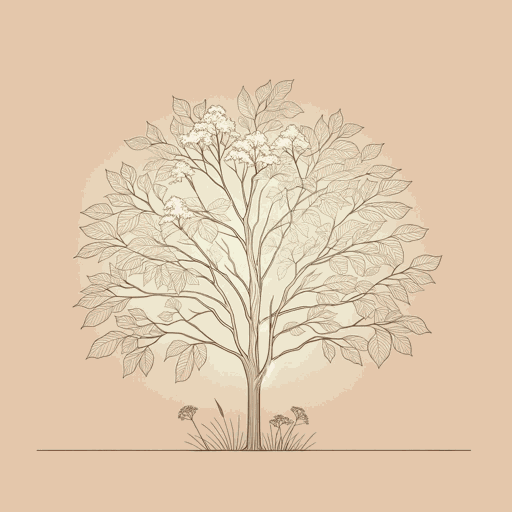
Among School Children
William Butler Yeats
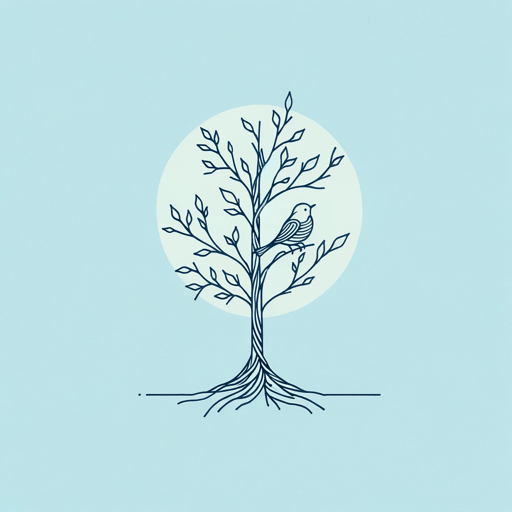
A Prayer for My Daughter
William Butler Yeats
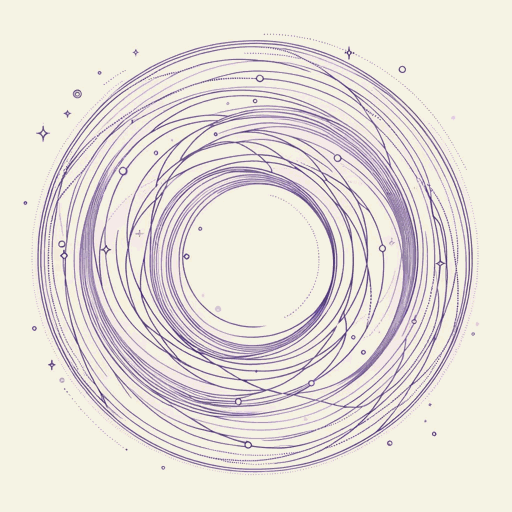
A Vision: An Explanation of Life Founded upon the Writings of Giraldus and upon Certain Doctrines Attributed to Kusta Ben Luka
William Butler Yeats

Cathleen Ni Houlihan
William Butler Yeats
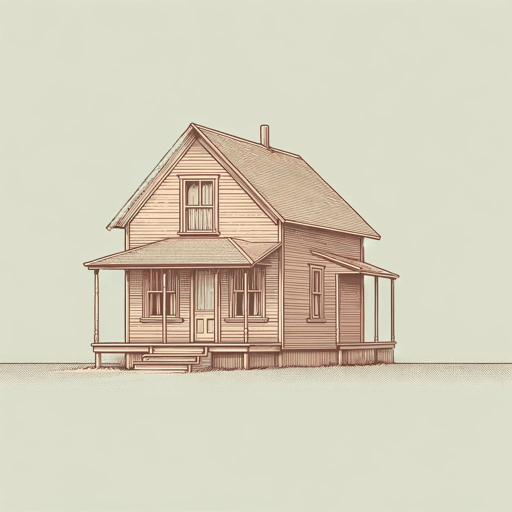
Crazy Jane Talks with the Bishop
William Butler Yeats
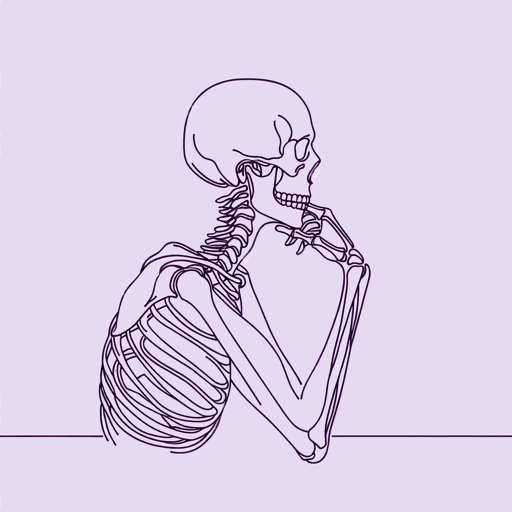
Death
William Butler Yeats
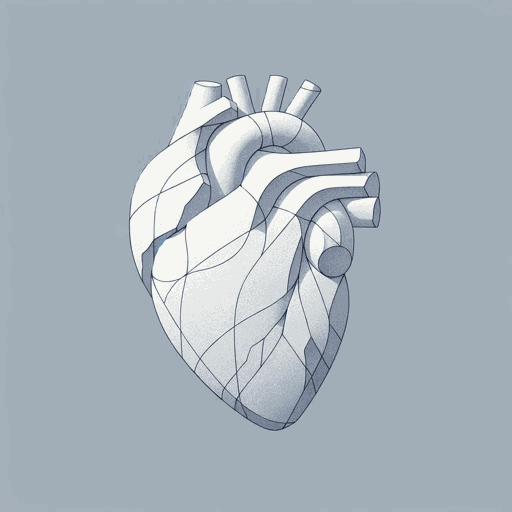
Easter, 1916
William Butler Yeats
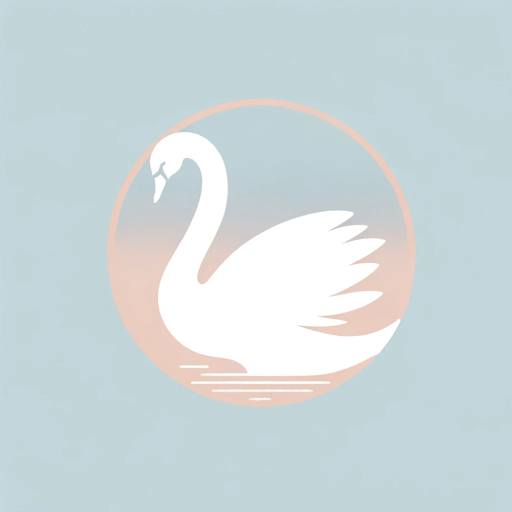
Leda and the Swan
William Butler Yeats
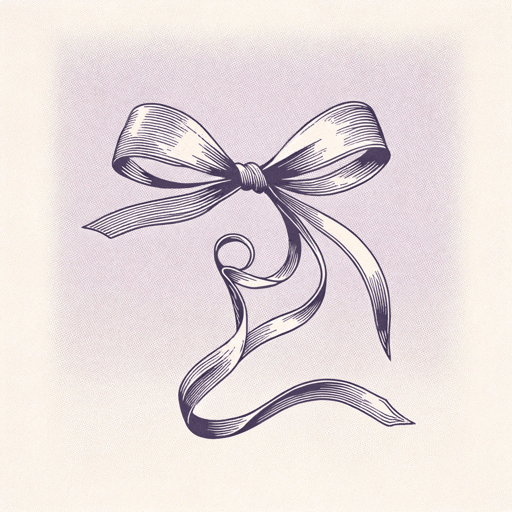
No Second Troy
William Butler Yeats
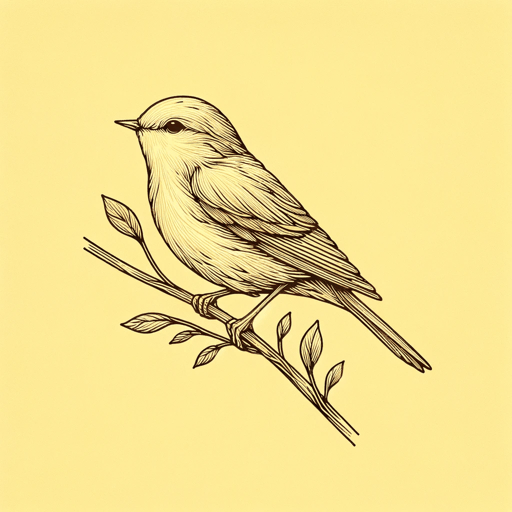
Sailing to Byzantium
William Butler Yeats
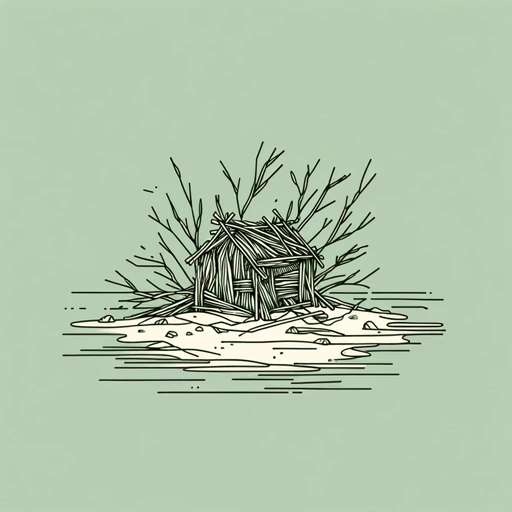
The Lake Isle of Innisfree
William Butler Yeats
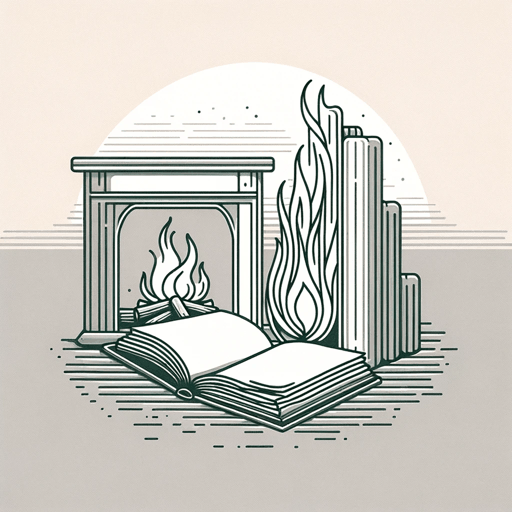
When You Are Old
William Butler Yeats
